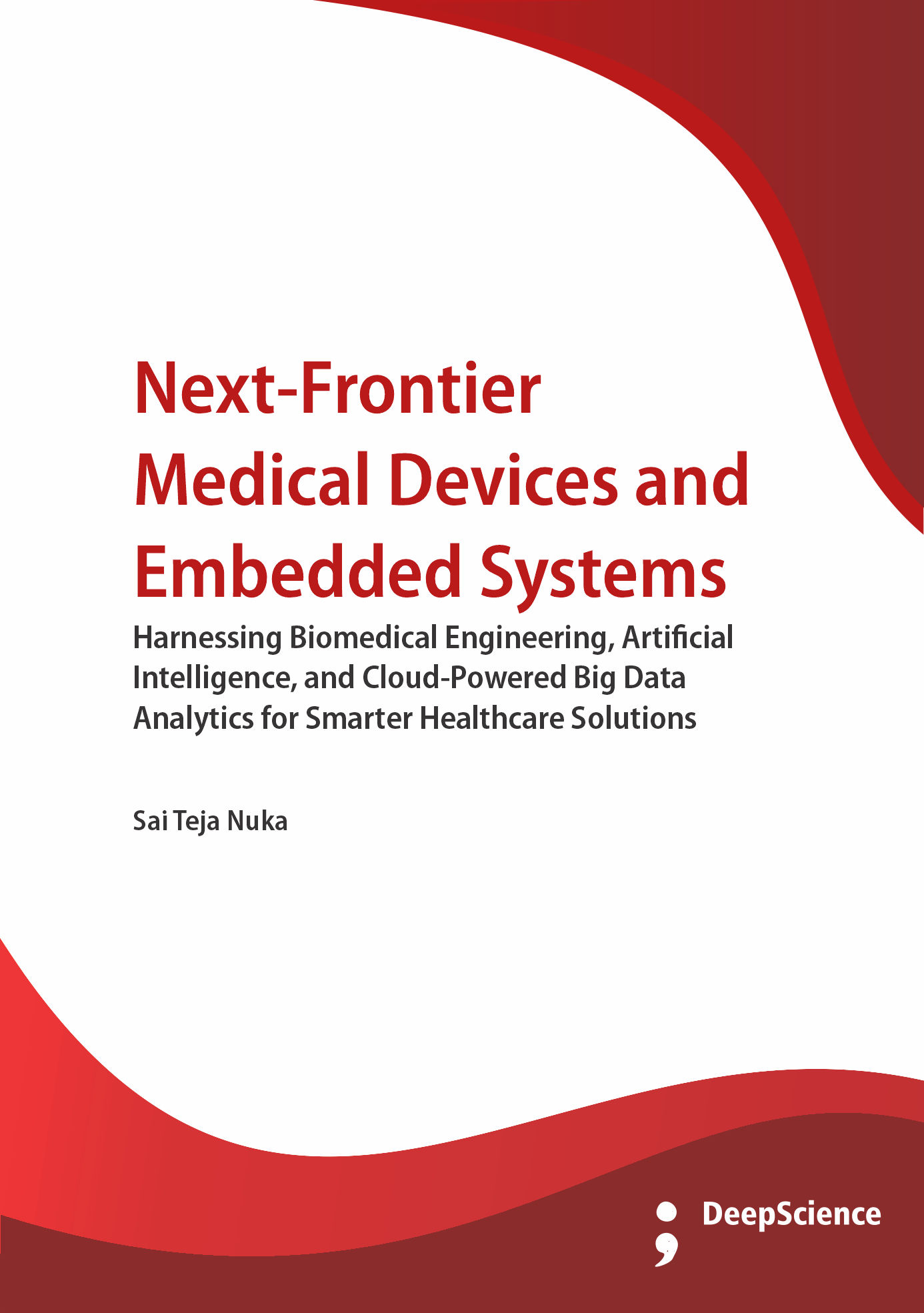Cybersecurity and data privacy challenges in networked medical technologies
Synopsis
The technological advances experienced in the last decades have brought us the so-called Internet of Things (IoT) and Human-Centered Internet technologies. By relying on the ubiquitous deployments of networked sensors, these technologies can enable an always-on connection with the physical and social world, supporting remote interactions on several aspects of our daily lives, such as work and healthcare, among others. The extensive utilization of wireless communication technologies has further enhanced the deployments and prospects for the IoT. In this context, the ubiquity of mobile devices provides anytime access to local information, while cloud services provide virtually unlimited storage capacity and processing power. These near-universal technological infrastructures have promoted the data-driven society, a society where privacy-preserving data utilization models are essential to fully explore. There is a rapidly increasing reliance on networked technologies supporting remote medical treatments, that is, remote diagnosis, monitoring, and help for several types of medical conditions, namely chronic and mental health conditions, among others. The capabilities and prospects for these technologies have reached a promising maturity through the dissemination of wideband wireless connectivity quality and bandwidth, cloud computing solutions, and a wide range of wearable and implantable devices built with low-cost and high-performance sensors. These solutions are expected to improve the efficiency of healthcare systems, in addition to providing improved effectiveness for users that rely on remote technology-mediated medical interventions, helping to decrease waiting lists for diagnosis and therapy for health conditions, including mental health disorders.












